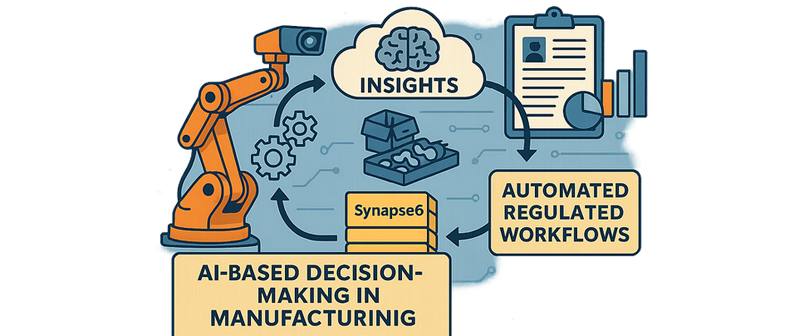








Eliminate reprocessing overhead by providing clean, structured data to your AI systems, reducing compute requirements and operational costs.
Most AI implementations waste significant resources on data preparation and reprocessing—transforming messy, unstructured inputs into usable formats before any real analysis can begin. This inefficiency drives up compute costs, extends processing times, and strains infrastructure. By feeding your AI systems clean, structured data from the start, you bypass these costly preprocessing steps and your models can immediately focus on inference and analysis rather than data wrangling, resulting in faster response times, lower cloud compute bills, and improved system performance. Organizations that prioritize data quality at ingestion see up to 60% reduction in compute costs and dramatically faster time-to-insight, all while maintaining higher accuracy and reliability across their AI operations.
Transform outcomes with contextual AI built into user workflows—continuously improving through integrated feedback.
Deploy AI that understands users' work environments and adapts in real-time by embedding intelligence directly into existing workflows. Our contextual AI doesn't just process requests—it learns from every interaction, capturing user feedback to refine accuracy, relevance, and performance over time. The result is a system that drives measurable improvements, contextually-aware AI delivers knowledge at the moment they matter most, without disrupting how work gets done.
Read moreLeverage AI in decision-making to reduce human error, maintain consistency, and ensure complex situations are quickly identified and contained.
Human decision-making, while invaluable, is susceptible to fatigue, bias, and oversight—especially when processing large volumes of information or operating under time pressure. AI augments this process by analyzing vast datasets with precision, identifying patterns and anomalies that might escape manual review, and flagging complex situations before they escalate into critical issues. Embedding AI into your workflows, AI can assess risk factors, cross-reference compliance requirements, relevant context, and recommend containment strategies, allowing your teams to act decisively with confidence. This proactive approach reduces compliance risk, simplifies audit trails, and ensures every decision is documented with clear rationale and supporting evidence. When regulatory frameworks change, AI systems can be updated immediately to reflect new requirements, eliminating the lag time and inconsistency that often accompanies manual policy updates across large organizations.
Read moreAI integration enhances enterprise data security by maintaining encryption protocols and delivering immediate alerts when unauthorized access is attempted or detected.
Enterprise data security requires constant vigilance and rapid response—two areas where human monitoring alone often falls short. AI-powered security systems continuously analyze access patterns, user behavior, and data flows across your entire infrastructure, identifying anomalies that indicate potential breaches or unauthorized access attempts. This real-time threat intelligence enables your security teams to respond within seconds rather than hours or days, often containing breaches before significant damage occurs.
When suspicious activity occurs—whether it's an unusual login location, abnormal data access volumes, privilege escalation attempts, or access requests outside normal business patterns—AI instantly alerts security teams with contextual information about the threat, its potential severity, and recommended containment actions along with detail logs of the activity.







